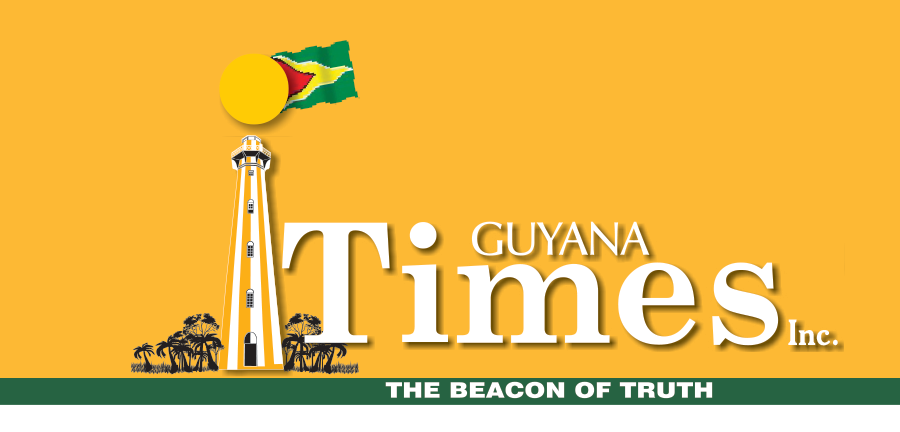In a significant milestone for regional tourism development, the Tourism and Hospitality Association of Guyana (THAG) and the Suriname Hotel and Tourism Association (SHATA) on Thursday signed a Memorandum of Understanding (MoU) at the Roraima Duke Lodge in Georgetown.
The MoU is aimed at deepening bilateral cooperation between the two South American neighbours and lays the groundwork for a broader “Three Guianas” tourism collaboration involving French Guiana.

The signing ceremony brought together key stakeholders from both nations, including Suriname’s Ambassador to Guyana, Liselle Blankendal; THAG President Mitra Ramkumar and former President Dee George; SHATA Chairman Egon Von Foidl, Board Secretary Jerry A-Kum, and representative John Castello; as well as Director of the Guyana Tourism Authority (GTA), Kamrul Baksh.
In her opening remarks, Ambassador Blankendal hailed the MoU as a symbol of “a shared commitment to unlock the true potential of cross-border tourism between our two nations.”
She emphasised that the initiative is more than a formal agreement, also standing as a promise to create seamless, sustainable tourism experiences that celebrate the biodiversity, rich cultures, and hospitality of both countries.
“The signing of this MoU not only signifies the strengthening of the bilateral ties, but we are also opening new doors and new opportunities for our people, for our cultures, and of course, for our economy,” Blankendal said.
“Tourism is not just a product; it brings people together, supports local businesses, and fosters people-to-people connections. By aligning our efforts, we open new doors for our economies and our communities. Let us continue to build together – not just as neighbours, but as partners shaping a shared and sustainable future.”
The agreement outlines collaboration on several key areas, including marketing, product development, guide training, and ease of travel, particularly addressing current logistical challenges such as the ferry system between the two countries.
Both associations also committed to jointly promoting the “Three Guianas” – Guyana, Suriname, and French Guiana – as a unified and unique multi-destination travel experience.
THAG President Ramkumar underscored the importance of moving from talk to action: “For too long, we’ve been hearing about the region’s potential. It’s now time to unleash it,” he said. “This MoU is just the first step. The essence of our agreement is collaboration, joint marketing, joint product development, and positioning ourselves as a single, attractive region on the global tourism stage.”
Ramkumar pointed to the World Travel Market as an opportunity for the three Guianas to exhibit collectively, rather than individually, to attract more visitors interested in diverse yet connected cultural and ecological experiences.
A major component of the cooperation involves human resource development, particularly guide training and hospitality education. Ramkumar noted that Suriname currently has a Hospitality Institute, while Guyana is in the process of developing its own.
“There are clear synergies here; technical consultations, curriculum input, and even exchange visits can help raise the standard of service delivery across the board,” he said.
SHATA Chairman Egon Von Foidl echoed the sentiment, stressing that regional cooperation is the future of tourism in South America.
“The Three Guianas will make a difference if we market together,” he said. “Tourism is not a side gig; it’s a cornerstone of economic development. We are learning from Guyana’s growth, especially in the context of its expanding oil and gas industry, and how it intersects with the hospitality sector.”
Von Foidl highlighted the need to build tourism for the next generation: “Let young people see tourism as a viable, exciting future; not just a job, but a career and a way to serve society.”
GTA Director Kamrul Baksh emphasised the importance of strong public-private partnerships as the “bedrock for tourism development.”
He reported a consistent rise in visitor arrivals and flights between the two countries, reflecting the growing interest in bilateral travel. The MoU, he noted, will further strengthen joint itineraries and expand marketing reach.
“French Guiana is a vital piece of the puzzle,” Baksh added. “The strategic direction is clear: we want to market the Three Guianas as a distinct and compelling destination, with unique offerings that stand apart from the rest of the Caribbean. From logistics to services and training, all elements must align.”
Discover more from Guyana Times
Subscribe to get the latest posts sent to your email.













